Navigation
Install the app
How to install the app on iOS
Follow along with the video below to see how to install our site as a web app on your home screen.

Note: This feature currently requires accessing the site using the built-in Safari browser.
More options
You are using an out of date browser. It may not display this or other websites correctly.
You should upgrade or use an alternative browser.
You should upgrade or use an alternative browser.
Canon ae-1
- Thread starter Alex_811
- Start date
Alex_811
TPF Noob!
- Joined
- Jun 2, 2014
- Messages
- 21
- Reaction score
- 0
- Can others edit my Photos
- Photos NOT OK to edit
I'm looking into purchasing parts for my canon ae-1. I'm looking into lenses and I really need a flash. Would anybody happen to know what flash you would necessarily purchase for my camera? If so please let me know asap. Thanks!!
- Joined
- Jun 9, 2013
- Messages
- 20,580
- Reaction score
- 12,709
- Website
- moderndinosaur.wordpress.com
- Can others edit my Photos
- Photos NOT OK to edit
Sorry no one's answered you yet, Alex! I wish I could help, but I don't use Canon and I don't use flash either. In general, however, I'd say if you found a flash for a good price, it would probably be a good idea to grab it, at least so you can figure out if you would use it or not. And then if you ended up not really using it, you could resell. As for which one? I've got no idea. Sorry again! 
vintagesnaps
Been spending a lot of time on here!
- Joined
- Jan 13, 2013
- Messages
- 9,119
- Reaction score
- 3,109
- Location
- US
- Can others edit my Photos
- Photos NOT OK to edit
I have other mechanical Canon cameras so wasn't sure for the AE-1 but found info. on the site linked below. It says if you use another flash instead of a Canon speedlight to set it to 1/60 and gives further instructions in the section titled 'Flash Photography with the AE-1'. Most mechanical cameras seem to have either a sync speed of 1/125 or 1/60 and it's often marked in red.
The Canon AE-1 - Camera Operation Part VI
The Canon AE-1 - Camera Operation Part VI
TCampbell
Been spending a lot of time on here!
- Joined
- Mar 31, 2012
- Messages
- 3,614
- Reaction score
- 1,556
- Location
- Dearborn, MI
- Can others edit my Photos
- Photos OK to edit
Is it worth getting the flash??
The flash support was fairly basic back when the AE-1 was a new camera. There was no E-TTL II, E-TTL, nor even A-TTL. The "thyristor" flash was as advanced as it got (and those weren't very advanced.) The thyristor is a circuit which can dump a lot of power and quickly kill it when needed. The flash had a sensor on the front which reads how much light is returning so the flash can kill the light when it thinks it has received enough reflected light.
Flashes were either (a) completely manual, or (b) relied on a sensor to automatically control flash power.
If the flash used a sensor (on the front of the flash) then it pumps out power until it thinks enough light has bounced back to properly expose the shot. It was fairly easy to confuse the flash... the scene really needed to be normal middle-gray stuff so that on the whole you get "average" reflectivity. Anyway... the automatic flash had a low and high power mode. The flash would tell you what aperture to set for low power mode and what aperture to set for high power mode. But if it was a Canon (or designed for Canon) flash you could set the aperture ring on the lens to the "A" (automatic) and the flash would tell the camera which f-stop to use (and it was always one or the other).
SO... the ONLY thing you got for using a Canon compatible automatic flash was you could turn the aperture ring the "A" instead of turning it to the f-stop indicated on the flash. Not exactly a big deal -- and keep in mind it's VERY easy to fool any flash relying on a thyristor.
The flash that came out with the AE-1 was a the Canon 155A. This was a thyristor flash with the pins to automatically tell the camera which aperture to use (as long as you set the aperture ring on the lens to the "A"). It could not "bounce" (no tilt or pan on the flash head).
A few years later, they came out with the 199A... a bit more power and it could swivel left/right and tilt up for a bounce.
The shutter speed must be set to the lightning bolt (1/60th of a second) or slower. That's the flash sync speed for an AE-1.
Alex_811
TPF Noob!
- Joined
- Jun 2, 2014
- Messages
- 21
- Reaction score
- 0
- Can others edit my Photos
- Photos NOT OK to edit
I've been starting to take long exposure shots the past few days. I set the shutter speed to B and hold it down until I feel it's good "long exposure". I'm going to start logging the times from now on. I use a tripod so the pictures aren't blurry from movement although I did do one free handed. Aside from that, I was wondering if I should be using a sync cord for long exposures?
Alex_811
TPF Noob!
- Joined
- Jun 2, 2014
- Messages
- 21
- Reaction score
- 0
- Can others edit my Photos
- Photos NOT OK to edit
I've been starting to take long exposure shots the past few days. I set the shutter speed to B and hold it down until I feel it's good "long exposure". I'm going to start logging the times from now on. I use a tripod so the pictures aren't blurry from movement although I did do one free handed. Aside from that, I was wondering if I should be using a sync cord for long exposures? If so, are only certain sync cords compatible with the Canon ae -1?
dxqcanada
Been spending a lot of time on here!
- Joined
- Dec 4, 2008
- Messages
- 7,821
- Reaction score
- 1,673
- Location
- Woodbridge, Ontario, Canada
- Can others edit my Photos
- Photos OK to edit
Always good to have a cable release to reduce vibration.
You can use any standard screw in release ... though the cheap plastic ones fall apart quickly, just dab some glue.
You can use any standard screw in release ... though the cheap plastic ones fall apart quickly, just dab some glue.
minicoop1985
Been spending a lot of time on here!
- Joined
- Sep 3, 2013
- Messages
- 5,520
- Reaction score
- 1,865
- Location
- Appleton, WI
- Can others edit my Photos
- Photos OK to edit
Metal ones aren't expensive either and are often found with cameras. I've got a couple that came with my Blad-they're great.
TCampbell
Been spending a lot of time on here!
- Joined
- Mar 31, 2012
- Messages
- 3,614
- Reaction score
- 1,556
- Location
- Dearborn, MI
- Can others edit my Photos
- Photos OK to edit
Alright great thanks! Any specific brand that you could recommend? Also, just making sure, but could I use flash for long exposure?
Alex, I'm not sure if you're asking about brands for the remote plunger... or brands for the flash.
I have (presumably somewhere around here) two different plungers. One was a braided metal cable ... fairly short (perhaps about 10") and a metal pin, metal threads, metal plunge button on the end. When you pushed in the button, there was a set-screw (knurled finger-screw) that you can snug down to hold the button in... if you wanted to take a very long exposure and just lock the button and walk away. It was mostly all metal. Of course I got these things back in the late 1970's... we didn't use so much plastic back then.
The "other" plunger is about 20 feet long... the shutter pin is also metal, but the 20' length isn't a cable -- it's an air-tube. There's an air-bulb at the end. Squeeze the bulb and air-pressure pushes the shutter pin. But this plunger would slowly leak air (you could not, for example, take a 5 minute exposure with it.)
I think it's been 35 years since I bought these and I probably didn't pay much attention to the brand. They both worked well and served their purpose.
Here's an example of one... note that this has the "screw lock" option and if you look at the alternatives... some of them have this screw lock and some do not. If you plan to use the release cable for "long" exposures, it's nice to be able to snug down the plunge lock and walk away. Bower Cloth-Coated Cable Release With Lock (20") SR-716 B&H
As for long exposure flash...
When you use a flash, the flash fires once and typically it fires as soon as the shutter completely opens. You can hold the shutter open as long as you want but the flash doesn't fire again. Some flashes offer the option for "2nd curtain shutter sync" which means rather than fire the flash when the shutter OPENS... the flash is deferred until just before the shutter is about to CLOSE. But this requires a more advanced interface between camera and flash than an AE-1 would have.
There is also a notion of "multi-strobic" flash. You set the flash frequency (the rate at which it will fire... e.g. 4 times per second) and the total number of flashes (e.g. 8 flashes) and that would mean the flash is going to fire 8 times across a span of 2 seconds. This is use if, for example, you want to photograph an athlete performing some action and you want to capture their body at multiple points through the action (e.g. throwing a baseball for example). Of course you couldn't leave a shutter open for 2 full seconds in broad daylight so you'd probably move the athlete to a studio to take the shot -- but you get the idea.
Similar threads
- Replies
- 1
- Views
- 129
- Replies
- 8
- Views
- 1K
- Replies
- 0
- Views
- 243

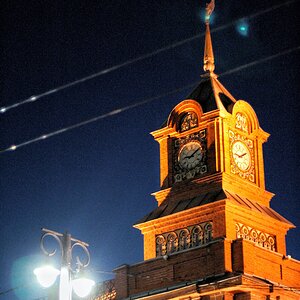
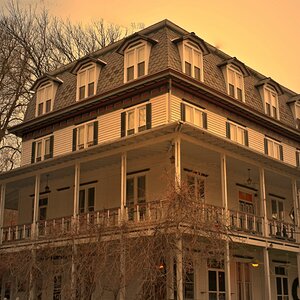
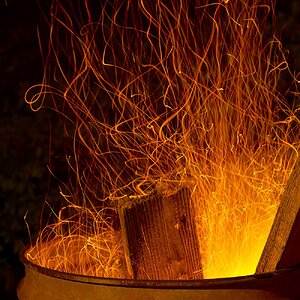

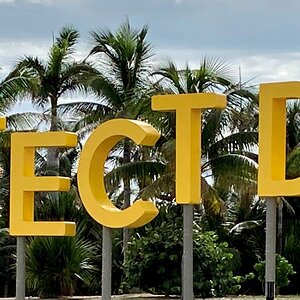

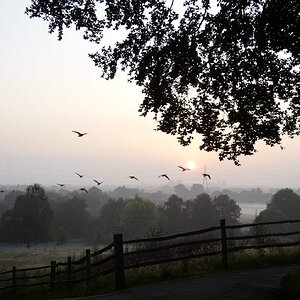
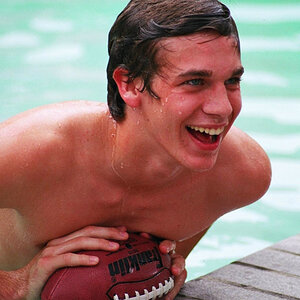
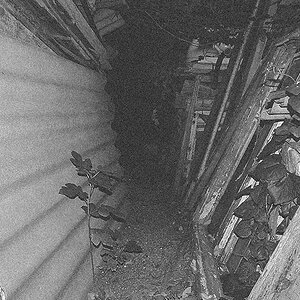
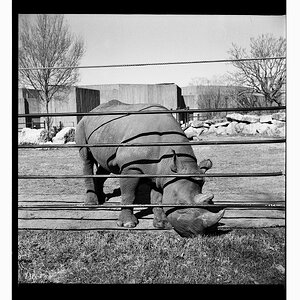
![[No title]](/data/xfmg/thumbnail/37/37602-1ef8dbb1c2d0e4ff347ee65d328c3603.jpg?1619738147)